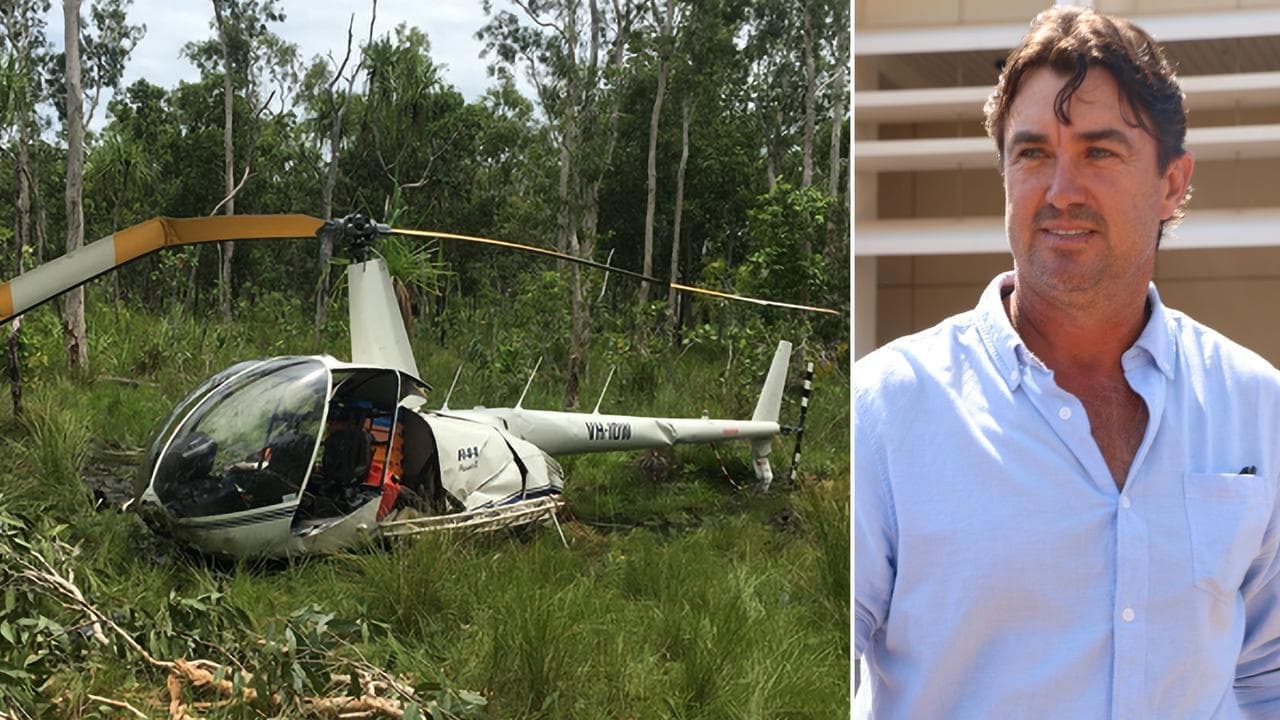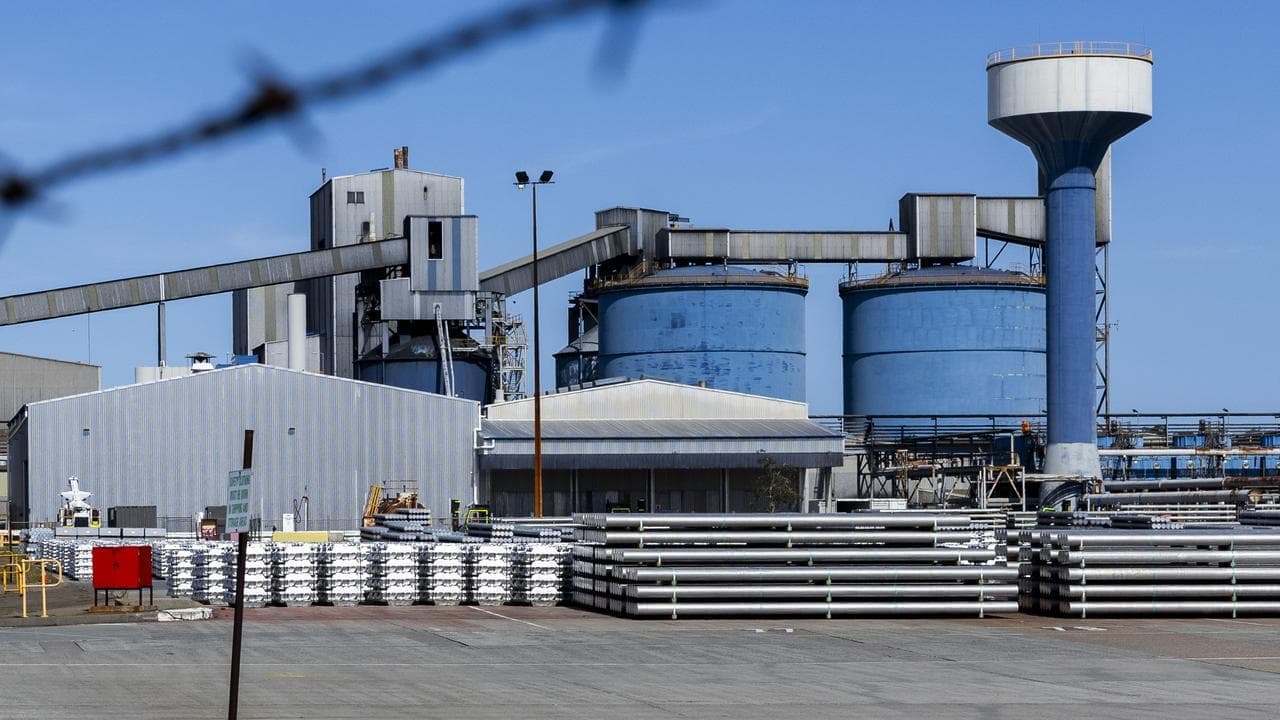AAP FactCheck Investigation: Is renewable energy the cheapest source of new power generation?
The Statement
"I think the lowest cost of new energy generation sources is renewable energy and that's even when you add in the costs of firming, either with gas or batteries or pumped hydro, and that cost curve is only coming down."
Dave Sharma, Liberal Party MP, January 27, 2021.
The Analysis
As Australia debates the future of its energy network, a government MP has backed renewables as the cheapest source for new power capacity.
Politicians have been debating the best source for additional electricity as AGL's Liddell coal-fired power station in the Hunter Valley nears its scheduled closure date.
Liberal Party leaders have said the government will build a new gas-fired power station if the private sector doesn't step in, the Nationals have called for a new coal-fired power station, while the New South Wales government has said renewables would help make up the shortfall.
However, when asked about the Nationals' coal plan in an interview on Sky News on January 27, federal Liberal MP Dave Sharma backed renewable sources as the cheapest option.
"I don't think the jury is out on this. I think the lowest cost of new energy generation sources is renewable energy and that's even when you add in the costs of firming either with gas or batteries or pumped hydro, and that cost curve is only coming down," Mr Sharma said. "Coal, in fact, is going up because it is becoming less investible as an asset." (video mark 1min15)
AAP FactCheck examined Mr Sharma's statement that renewables are the cheapest form of new power generation, even when accounting for the cost of firming.
Firming is the term for the additional electricity generation or storage that is required to ensure a consistent supply of electricity when relying on intermittent sources like wind and solar. This is commonly achieved with backup battery storage, pumped hydro storage or gas-fuelled power, with firming costs typically increasing with the share of variable renewable generation in a network.
When asked for a source for his statement, Mr Sharma's office said it was based on the draft GenCost 2020-21 report, which was released for consultation in December.
The annual report is produced by CSIRO and the Australian Energy Market Operator (AEMO) to estimate the costs of different forms of electricity generation and storage. A press release accompanying the draft said renewables remained the cheapest new-build sources of electricity.
"Even taking into account (transmission and storage) costs, solar photovoltaics and wind continue to be the cheapest new sources of electricity for any expected share of renewables in the grid — anywhere from 50 per cent to 100 per cent," CSIRO chief energy economist Paul Graham said in the statement.
"This is projected to continue to be the case throughout the projection period to 2050."
The report modelled the "levelised" cost of renewables against gas, coal, nuclear, solar thermal or biomass alternatives.
This accounted for additional costs associated with new renewable energy generation, including updating transmission infrastructure, and battery and pumped hydro storage for firming (page viii).
It noted the modelling had been updated and was more accurate than the estimates in previous GenCost reports, which it said had overestimated the amount of storage needed for renewable generation (page 55).
Under the report's central scenario, new gas-fuelled power involved the lowest up-front cost in 2020 at $961 per kilowatt for a large open-cycle power station. Large-scale solar was priced at $1408 per kilowatt, while wind cost $1951. Black coal cost $4450 per kilowatt, brown coal was $6868 and power from a small modular nuclear reactor was $16,487. Solar with battery backup was $2139 per kilowatt (table B.1, page 63).
However, when operating costs were factored in, renewables were cheaper than gas and coal with or without a carbon price (figure 5-3, page 56). Gas was estimated to cost between $68 and $115 per megawatt hour (MWh), while wind was estimated to cost $48 to $61/MWh and solar $46 to $68/MW (table B.9, page 72).
Firming and transmission costs were not included in the 2020 figures but were added to cost projections for 2030 onwards.
The report explained there would be little or no requirement for additional storage capacity if variable renewable sources made up less than 50 per cent of total generation, so these costs were not included in the 2020 figures (page 53). In 2019, 21 per cent of the country's electricity came from renewable sources.
When firming and transmission costs were added to the 2030 projections, renewables were still the cheapest option. Figures provided to AAP FactCheck by CSIRO show renewables cost between $36 to $60/MWh when contributing 50 per cent of generation, and between $46 and $87/MWh when making up 90 per cent of generation.
The cheapest form of fossil fuel generation was gas, which cost between $67 and $118/MWh. The cost of renewables with firming was predicted to be cheaper in 2030 than the same sources without firming in 2020 due to the expected decline in the prices for new solar and wind installations.
The report explained that fossil fuel generation could also face higher costs in the future due to greenhouse gas emissions targets. These costs were accounted for by adding either a five per cent risk premium on borrowing costs, a carbon price or adding the cost of carbon capture and storage (pages 55-56), all of which would make fossil fuel-powered sources more expensive again.
The modelling did not include all costs associated with variable renewable electricity as it said the costs for 2030 were on a "business as usual" basis, which estimated renewable generation would reach 34 per cent by 2030 (page 53). It also did not include the cost of reaching 50 per cent of renewable generation in Victoria by 2030 as the state already had a policy to achieve this, and those costs were considered business as usual (page 54).
The findings of the report contrast with the previous GenCost 2019-20 report. Its modelling showed high-emission black coal- or gas-fuelled power was likely cheaper in 2020 than wind or solar power using either pumped hydro or two-hour battery storage for firming if there was no risk premium or carbon price added for fossil fuel generation (table B.8, page 45).
Both wind and solar power with battery backup were predicted to be cheaper than all fossil fuel sources in 2030, however pumped hydro pushed the costs higher than black coal or gas. Gas remained cost-competitive even with a carbon price or risk premium factored in, however the addition of carbon capture and storage technology made renewables the cheapest option under all scenarios and timeframes.
Australia National University Energy Change Institute director Kenneth Baldwin agreed wind and solar were the cheapest new-build sources for electricity generation.
"Even when the need for additional battery/pumped hydro storage and for transmission infrastructure is taken into account to address variability, and the need for geographic diversity of renewable resources to ensure firm supply, wind and solar are still cheaper," he told AAP FactCheck.
"The cost of coal generation is also increasing due to the higher risk premium associated with greenhouse gas emissions. This can be reflected in a carbon price, or in the cost of carbon capture and storage, or in a risk premium reflecting the fact that the need to implement either or both of these measures through policy changes increases the cost of finance."
He cited a paper recently published in the journal Energy, which modelled how Australia could reach 100 per cent renewable energy in its electricity networks. It found the cost of renewable energy was lower than new-build coal or gas power even when accounting for the firming required to achieve the target (pages 8-9).
Queensland University of Technology researcher Jeremy Webb recently published a paper titled The Future of Coal and Renewable Power Generation in Australia which found the levelised cost of solar and wind electricity was substantially lower than coal power.
"Equally, battery storage is now certainly competitive with gas peaker plants up to four hours and, depending on the cost comparisons available, up to eight hours," he told AAP FactCheck.
"As noted, gas peaker plants are still needed for emergencies and exceptional climatic events, although only for brief periods."

The Verdict
AAP FactCheck found the statement that renewables are the cheapest form of new power generation - even when accounting for the cost of firming - to be true based on the available evidence.
Current estimates, contained in GenCost's latest draft report, show renewables are cheaper to deploy in Australia with or without a price on carbon or risk premium for fossil fuel sources. Independent experts and other research support its findings.
True – The checkable claim is true.
* Editor's note: AAP FactCheck has expanded its ability to fact-check environmental issues with the support of the Australian Conservation Foundation. AAP FactCheck retains full editorial independence in this project and continues to apply the rigorous standards required for accredited members of the International Fact-Checking Network.












